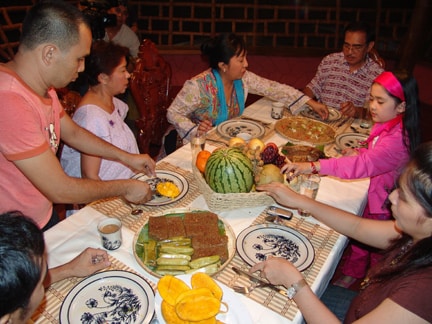Related Articles
Six Things to Know Before You Go
Six characteristics of Filipino culture each person needs
to understand and appreciate in order to minister
effectively in that context.
The Evangel and Nationalism
The title suggests two fundamentals: the primacy of the evangel, and the propriety in asserting this primacy in the context of true, mature nationalism.
The Evangel and Nationalism
The title suggests two fundamentals: the primacy of the evangel, and the propriety in asserting this primacy in the context of true, mature nationalism.
Evaluating “A Common Word”: The Problem of “Points of Contact”
Why “points of contact” between Christianity and Islam are mythical—and why Christians must stay true to the task of missions that lies before us.
Brian McLaren’s Contextualization of the Gospel
A distinguished professor of missions shares how the Emergent Church Movement and the beliefs of one of its best-known supporters, Brian McLaren, differ from traditional IFMA beliefs.

